
Go is quite C-like in spirit, being a small and efficient language with convenient low-level facilities such as pointers. Yet
Go also offers many features associated with high- or very high-level languages, such as Unicode strings, powerful builtin data structures, duck typing, garbage collection, and high-level concurrency support that uses communication rather than shared data and locks. Go also has a large and wide-ranging standard library.
The reader is assumed to have programming experience in a mainstream programming language such as C, C++,
Java,Python, or similar,although all of Go’s unique features and idioms are illustrated with complete runnable examples that are fully explained in the text.
To successfully learn any programming language it is necessary to write programs in that language. To this end the book’s approach is wholly practical, and readers are encouraged to experiment with the examples,try the exercises, and write their own programs to get hands-on experience. As with all my previous books, the quoted code snippets are of “live code”; that is, the code was automatically extracted from .go source files and directly embedded in the PDF that went to the publisher—so there are no cut and paste errors, and the code works. Wherever possible, small but complete programs and packages are used as examples to provide realistic use cases.
The book’s key aim is to teach the Go language, and although many of the standard Go packages are used, not all of them are. This is not a problem, since reading the book will provide enough Go knowledge for readers to be able to make use of any of the standard packages, or any third-party Go package, and of course, be able to create their own packages.
Скачать книгу можно бесплатно по данной ссылке: Скачать

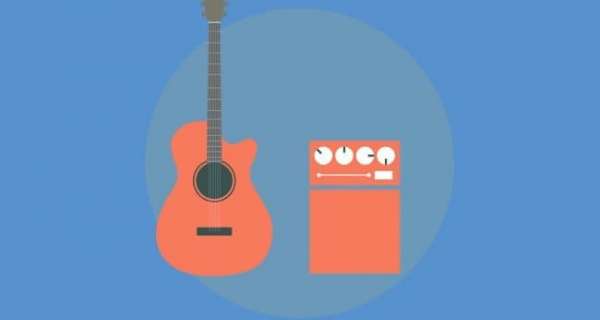


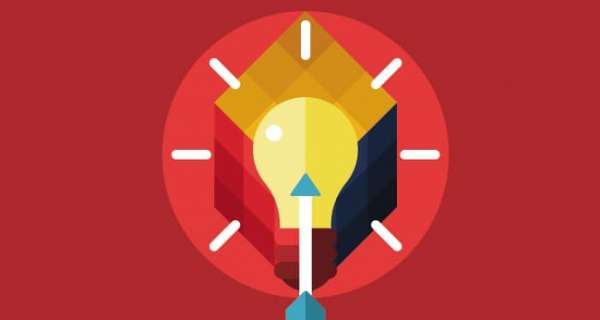







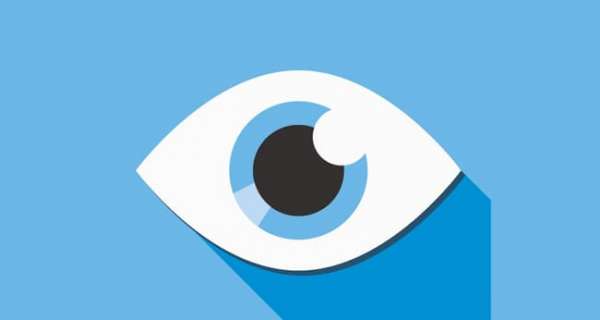



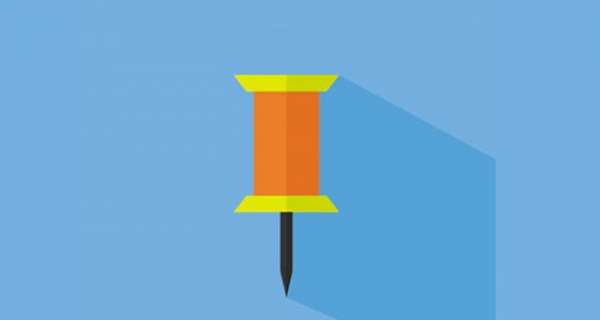
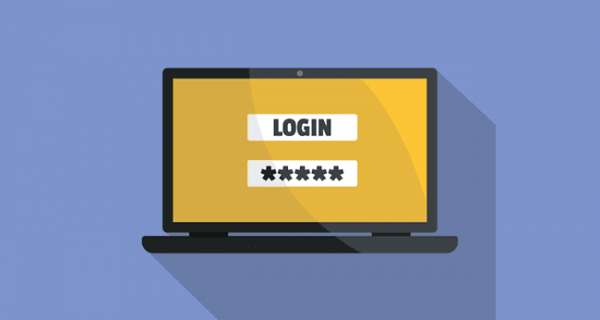


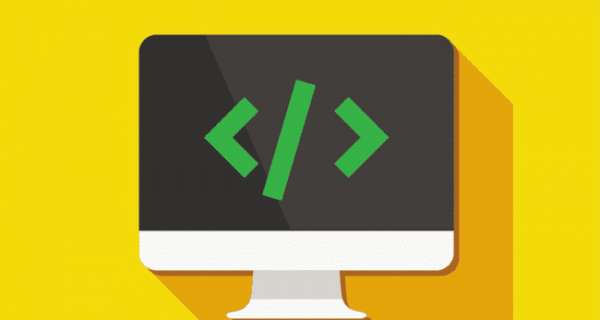



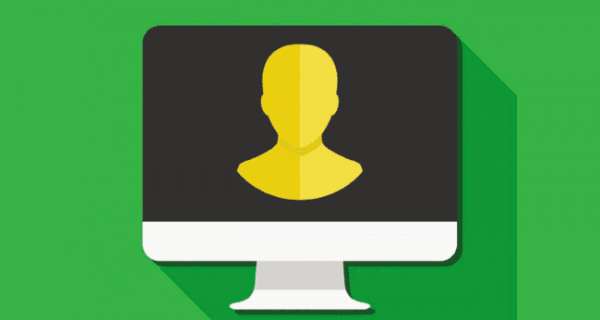



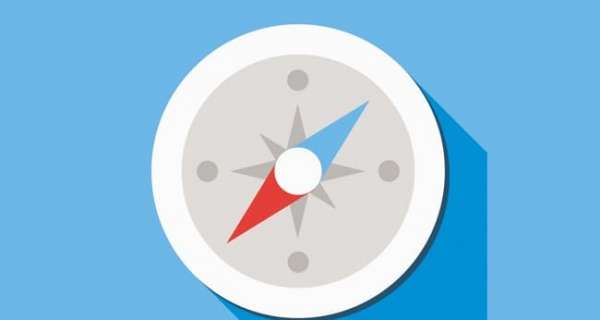
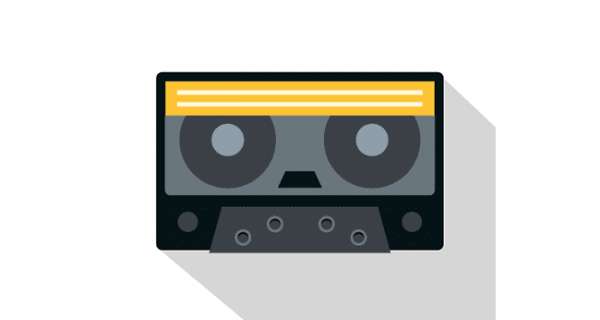

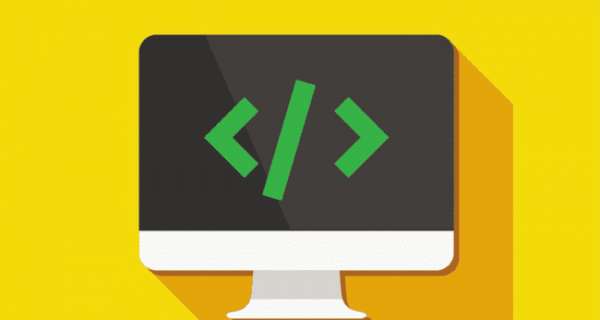
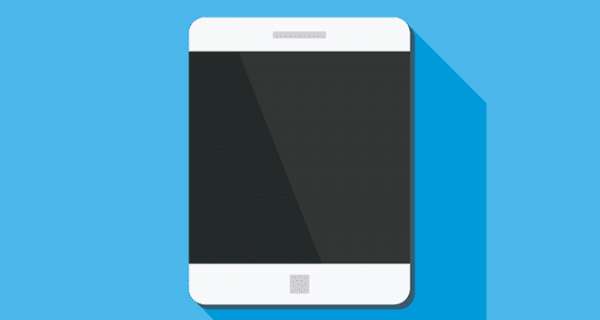

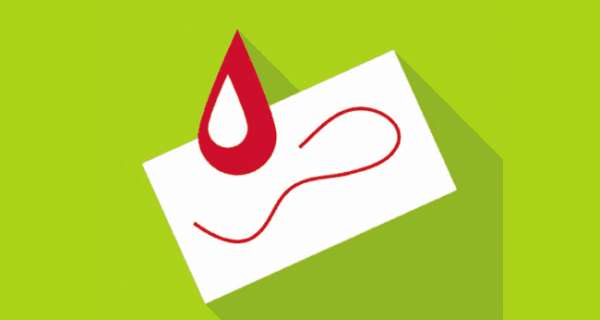
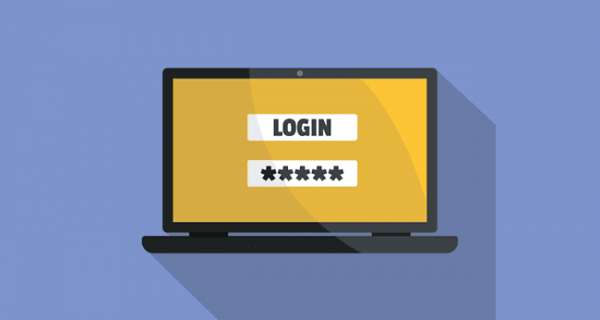




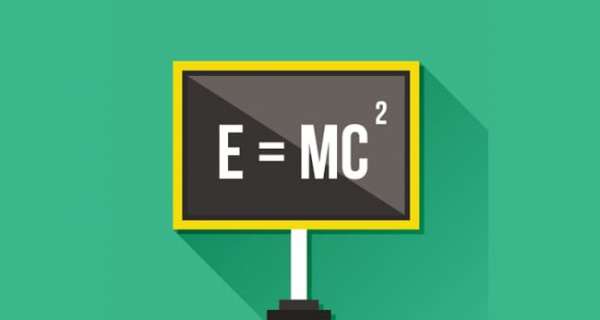

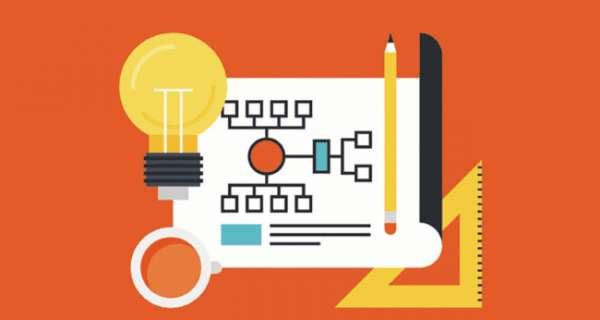
0 Comments